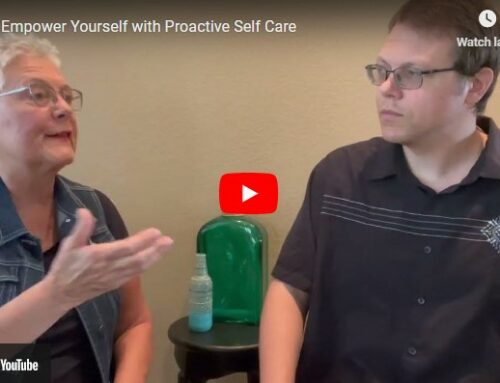by Dr. Tina Marcantel
Natural skin care is an important part of a regular health regimen. Dr. Tina Marcantel is a naturopathic doctor practicing in Gilbert, Arizona. Other East Valley cities she serves are Mesa, Chandler, Tempe, Scottsdale, Queen Creek, Apache Junction, and the greater Phoenix area.
It’s a fact of life that as we grow older our bodies require more maintenance work. Obviously, the most visible sign of aging is the condition of our skin, which is one reason so many people are concerned with proper skin care. The bad news is that most of the “miracle” skin care products that sound “too good to be true” are exactly that. The good news is that there are positive steps we can take to naturally protect and repair our skin to keep it healthy and vibrant. Here are TEN tips for naturally healthier skin:
Foods containing omega fatty acids such as cold-water fish (salmon), flaxseed oil, walnuts, and borage oil will provide the cells with a healthy membrane. This results in healthy skin. I recommend to patients a fish oil soft gel pill 3X per day, which I know will provide ample omega-3 fats.
Eat healthy. Foods containing B-complex vitamins such as fish, meat, eggs, and grain cereal products help create healthy skin. Sweet potatoes and carrots contain beta-carotene, which is responsible for growth and repair of body tissues. Citrus fruit and vegetables containing vitamin C, which is an antioxidant and provides collagen for the skin.
Treat yourself to a foot soak with 1 part vinegar to 1 part water for 15-20 minutes, then rinse. This has proven very effective for very dry skin. It also prevents fungal growth under the toenails. I particularly recommend this for diabetic patients who are prone to yeast infections of the feet.
To slow down the progression of wrinkles, sunscreen should be applied to the skin before going out and again reapplied every two hours while in the sun. A good sunscreen should contain active ingredients of titanium dioxide and zinc oxide. Avoid the sun during the middle of the day, especially between 10 a.m. and 4 p.m., when the atmosphere absorbs less of the harmful UV rays of sunlight than earlier or later in the day. (And no, there is no such thing as “safe tanning”!)
Follow each bath with a moisturizer. Moisturizers applied after the bath help keep water in the skin and therefore prevent drying. It’s much more effective to apply a moisturizer to damp skin immediately after bathing than to put it on dry skin. I suggest Amylactin Lotion which was recommended to me by a podiatrist. It was previously prescribed but is now sold over-the-counter.
Use “superfatted” soaps like Dove or Neutrogena that have extra amounts of fatty substances such as lanolin, coconut oil, cold cream, or cocoa butter. The “superfatted” soaps cause less irritation to the skin.
Exercise regularly. Studies have shown that athletes have skin that is denser, thicker, stronger, and more elastic than that of non-exercisers. So, besides keeping your weight down and your heart healthy, you’re also helping with skin care when you take that brisk morning walk!
Use a humidifier. If the air in your house is moist, so will your skin be moist. That may prevent smaller wrinkles that sometime come with dry skin.
Wash less and rinse well. A soapy film left on the skin will exacerbate drying. Over washing can lead to dryness, which can lead to wrinkling.
- Take an oatmeal bath to soothe irritated skin or skin rash. Oatmeal has been used for thousands of years for skin soothing effects. Pour 2 cups of fine powdered oatmeal like Aveeno into a tub of lukewarm water. Family doctors from years past prescribed this to soothe the skin irritation of chicken pox for children.
The old saying, “An ounce of prevention is worth a pound of cure” certainly holds true for skin care. By getting into the habit of providing the nutrition
and care your skin needs on a regular basis, you may avoid a future search for an expensive (and usually ineffective) miracle cure later. Here’s to a naturally healthier you!





